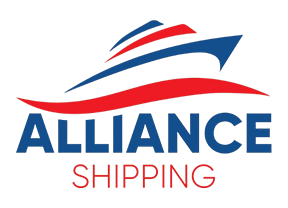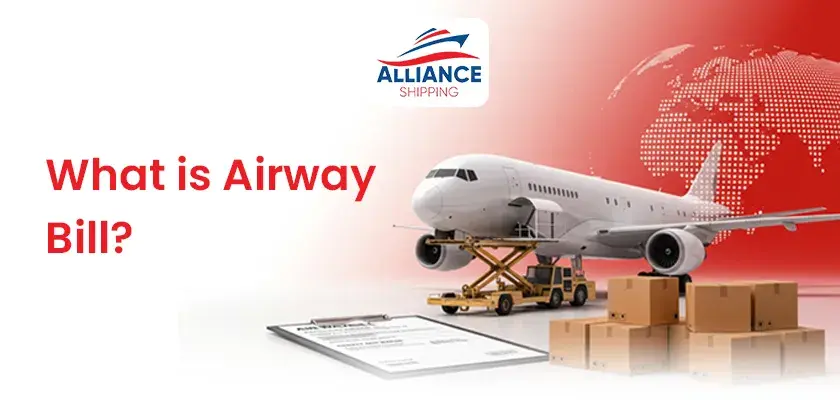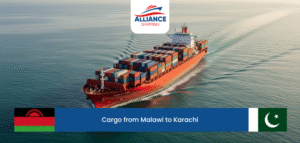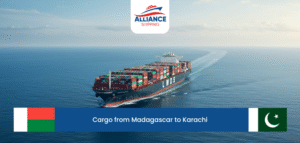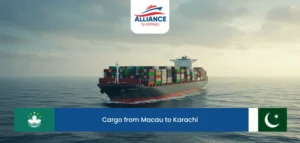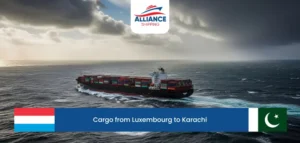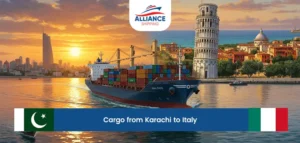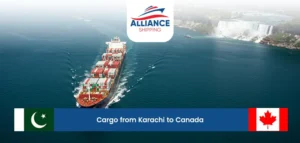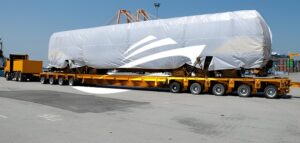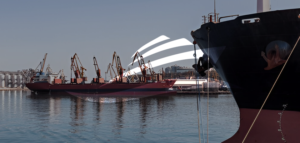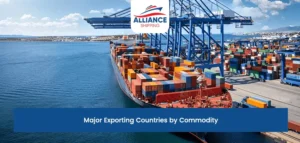Almost everyone in the shipping industry is familiar with the term Airway Bill also abbreviated for AWB, but little do they know that it is also known as air consignment note. For those who are new to shipping, Airway Bill, shortly AWB, is a document used by shipping companies when your cargo is sent via air mode of shipping. The freight forwarder or airline is responsible for creating an airway bill for the shipment.
An airway bill plays a significant role in shipping, and to educate you in details about this key document. Alliance Shipping has prepared this informative article so you are also knowledgeable about shipping.
Fundamentals of Airway Bill (AWB)
Did you know Airway bills were always printed on paper and given to the shipper and airline? However, with the help of technology, most airway bills can now be sent and stored electronically. The electronic airway bill is also known as e-AWB. Regardless of the introduction of electronic airway bills, many shippers and freight forwarders prefer using physical airway bills.
What an Airway Bill includes?
If you come across an airway bill, you must double check if the following information is present, and if something is missing, you can showcase your knowledge about AWB, and correct it.
- Shipper’s Details
This section lists who is sending the goods. It includes the shipper’s (exporter’s) name, address, and contact information. This helps the airline know who to contact if there are any issues with the shipment.
- Consignee’s Details
This shows who will receive the goods. It includes the name, address, and contact information of the consignee (importer or receiver). This makes sure the cargo reaches the right person or company.
- Carrier’s Details
This part gives information about the airline or the agent handling the shipment. It includes their name and identification, showing who is responsible for moving the cargo.
- Flight Details
These are the travel plans for the shipment. It includes flight numbers, departure and arrival airports, and the planned route and schedule. This helps track where the goods are and when they’re expected to arrive.
- Cargo Information
This section describes the actual goods being shipped. It includes:
- A short description of the items
- The number of packages or pieces
- Total weight and volume
- Freight & Charges
Here, the AWB shows who will pay for the shipping. It tells if the charges are:
- Prepaid (paid by the sender), or
- Collect (to be paid by the receiver).
- Signature/Stamp
The AWB must be signed or stamped by the airline or its agent to be valid. This shows that they officially received the goods and have taken responsibility to carry them to the destination.
Types of Airway Bills
- Master Airway Bill (MAWB):
The Master Airway Bill is issued by the airline to the freight forwarder. It represents the contract between the airline and the freight forwarder and contains details about the full shipment, which may include cargo from multiple shippers. The MAWB number is used to track the shipment with the airline.
- House Airway Bill (HAWB):
The House Airway Bill is issued by the freight forwarder to the shipper (the person or company sending the goods). It represents the agreement between the shipper and the freight forwarder and contains details specific to one shipper’s cargo. The HAWB number is used to track the shipment with the freight forwarder.
Difference Between MAWB and HAWB (with Example)
| Feature | MAWB (Master Airway Bill) | HAWB (House Airway Bill) |
| Issued By | Airline | Freight Forwarder |
| Issued To | Freight Forwarder | Shipper (Exporter) |
| Purpose | Contract between airline and freight forwarder | Contract between freight forwarder and shipper |
| Tracks | Entire consolidated shipment | Individual shipment from one shipper |
| Example | A freight forwarder collects goods from 5 different exporters, consolidates them, and books a flight. The airline gives 1 MAWB for the whole cargo. | For each of those 5 exporters, the freight forwarder issues a separate HAWB. Each HAWB is linked to the MAWB. |
| Tracking | Used with the airline’s system | Used with the freight forwarder’s system |
The Importance of Airway Bill
Have you thought by now, why AWB matters in international air cargo? Here’s why:
First, the AWB serves as a document of shipment asserting that the merchandise is delivered to the air carrier or its representative. It is also a contract of carriage where the shipper, and the airline agree on terms under which the carrier will ship the cargo latter. And, the AWB is needed in order to pass customs clearance- the customs authority runs both imports and exports on the basis of it, so the goods can be transported across the border legally and in observance of the terms.
The AWB, in addition to this, also facilitates tracking and management of shipments. It has all the information that is required to track the cargo at the point of origin to the point of destination thereby eliminating circumstances of delays or mis-routing. It also offers financial security in the international trade, particularly when accompanied by letters of credit or trade finance instruments in general, as the banks will not release payment without an AWB. Lastly, during situations of disagreements, e.g. loss, damage or a delay in delivery of goods the AWB may be used as a legal document to put an end to the disagreement. In a nutshell, without an AWB, air cargo shipping would never be smooth and secure.
Where is Airway Bill Used?
- Airlines & Carriers – as the official transport document.
- Customs Departments – to verify shipment details and clear goods.
- Banks & Financial Institutions – when trade involves a letter of credit.
- Shippers & Consignees – for tracking and proof of shipment.
- Freight Forwarders – to consolidate cargo and issue HAWBs.
How to Get an Airway Bill?
- Gather key documents like the commercial invoice, packing list, and information on cargo weight, dimensions, and contents.
- Arrange the shipment with an airline or a freight forwarder, depending on your needs and volume.
- Fill in all necessary shipment details, including shipper, consignee, cargo description, value, routing, and payment terms.
- The airline or its authorized agent will assign an AWB number, sign, and issue the Airway Bill.
- Use the AWB to support customs clearance, provide proof of shipment to banks, and facilitate delivery to the consignee.
How Learn Logistics with Alliance Shipping Helps You?
We at Alliance Shipping feel that right knowledge can help people be successful in the logistics and freight business. Our Learn Logistics program is aimed at delivering simple, actionable information on vital shipping documents such as Air Waybill (AWB). The AWB, as an imperative component of the air freight, provides a level of transparency, the legality of all operations, and safety in the shipment process. As the industry is moving towards the electronic AWB (e-AWB), it is more crucial than ever to learn how to prepare and handle this document adequate, preventing delays, dues to cuts in the dispute and less additional expenses.
We place our emphasis on providing knowledge that really counts, both to those who are new to the logistics or those who are wishing to increase the knowledge that they already possess. We deconstruct complicated subjects into simple to grasp lessons and enable you to keep up with cutting-edge trends and practices in international shipping. When you learn logistics with Alliance Shipping you develop a level of confidence and skills to navigate the changing and evolving world of logistics.

